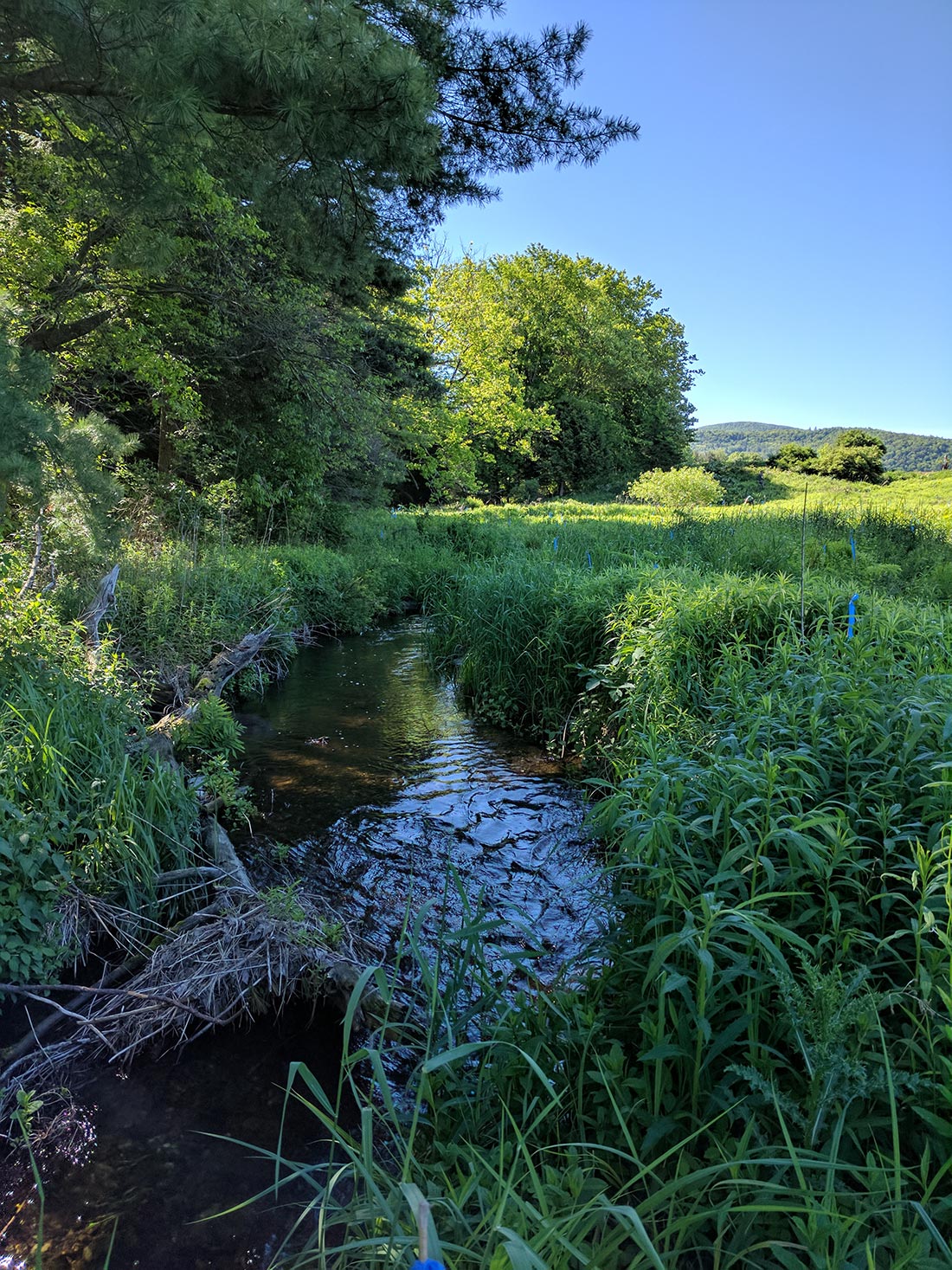Lake Champlain, Vt.
Jad Daley, Vice President of Conservation Programs

AS A FORMER RESIDENT OF Vermont and the new Vice President of Conservation Programs at American Forests, I was excited to join a field tour in July to visit new American Forests tree planting projects in the Green Mountain State, designed to curb polluted farm runoff that is fouling beautiful Lake Champlain. Cue the blue skies and puffy white clouds, green mountains and idyllic farms dotted with cows!
While most of American Forests’ tree planting helps create large blocks of forest, the projects in Vermont are testing a new innovation — planting skinny forests along stream corridors as they cross farms.
Why is this important? Vermont’s Lake Champlain is like a mini-Great Lake that touches multiple states and stretches into Canada. The lake is at the receiving end of rivers covering most of Vermont, ones that run through the state’s beautiful farms. Farms can generate a lot of polluted runoff to these rivers from cow manure, fertilizer for fields of feed corn and other sources. Combine that with a big water body like Lake Champlain and it creates major pollution problems.
That is where American Forests’ skinny forests strategy comes in. Forests are powerful filters, pulling out pollutants and discharging clean water, even when the forests are narrow bands of trees planted along a river or stream.
It was inspiring to meet with our partners for these projects — farmers who care passionately about protecting the environment and also producing great food. As we toured the tree plantings made possible by American Forests’ financial and technical support, we heard the farmers’ stories of almost immediate improvements in reduced flooding and water pollution.
The pinnacle of the trip was tasting homemade maple gelato on one stunningly beautiful farm, knowing that this classic “Made in Vermont” food can now be produced with less impact on the waters of nearby trout streams and, ultimately, Lake Champlain. This kind of win-win use of forests to heal our environment embodies a new focus at American Forests on using forests to provide solutions to our environmental and economic needs.